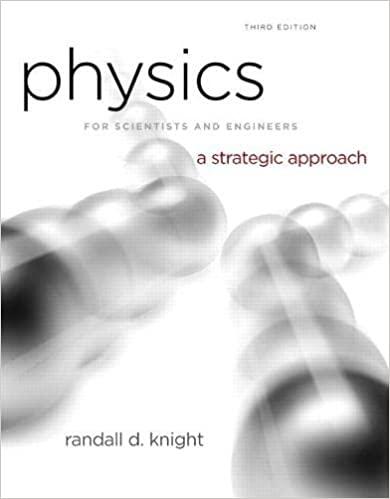The 1997 Nobel Prize in physics went to Steven Chu, Claude Cohen-Tannoudji, and William Phillips for their
Question:
The 1997 Nobel Prize in physics went to Steven Chu, Claude Cohen-Tannoudji, and William Phillips for their development of techniques to slow, stop, and “trap” atoms with laser light. To see how this works, consider a beam of rubidium atoms (mass 1.4 × 10-25 kg) traveling at 500 m/s after being evaporated out of an oven. A laser beam with a wavelength of 780 nm is directed against the atoms. This is the wavelength of the 5s → 5p transition in rubidium, with 5s being the ground state, so the photons in the laser beam are easily absorbed by the atoms. After an average time of 15 ns, an excited atom spontaneously emits a 780-nm-wavelength photon and returns to the ground state.
a. The energy-momentum-mass relationship of Einstein’s theory of relativity is E2 = p2c2 + m2c4. A photon is massless, so the momentum of a photon is p = Ephoton/c. Assume that the atoms are traveling in the positive x-direction and the laser beam in the negative x-direction. What is the initial momentum of an atom leaving the oven? What is the momentum of a photon of light?
b. The total momentum of the atom and the photon must be conserved in the absorption processes. As a consequence, how many photons must be absorbed to bring the atom to a halt?
c. Assume that the laser beam is so intense that a ground-state atom absorbs a photon instantly. How much time is required to stop the atoms?
d. Use Newton’s second law in the form F = Δp/Δt to calculate the force exerted on the atoms by the photons. From this, calculate the atoms’ acceleration as they slow.
e. Over what distance is the beam of atoms brought to a halt?
Step by Step Answer:

Physics For Scientists And Engineers A Strategic Approach With Modern Physics
ISBN: 9780321740908
3rd Edition
Authors: Randall D. Knight





